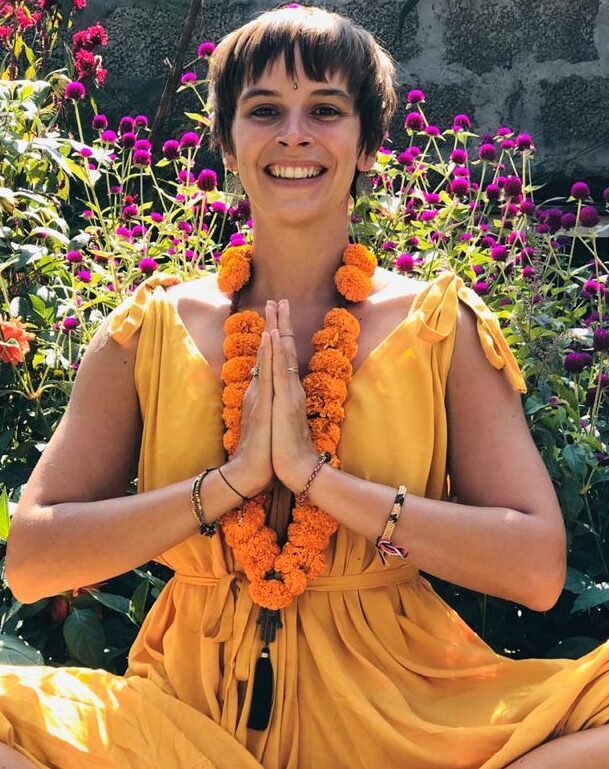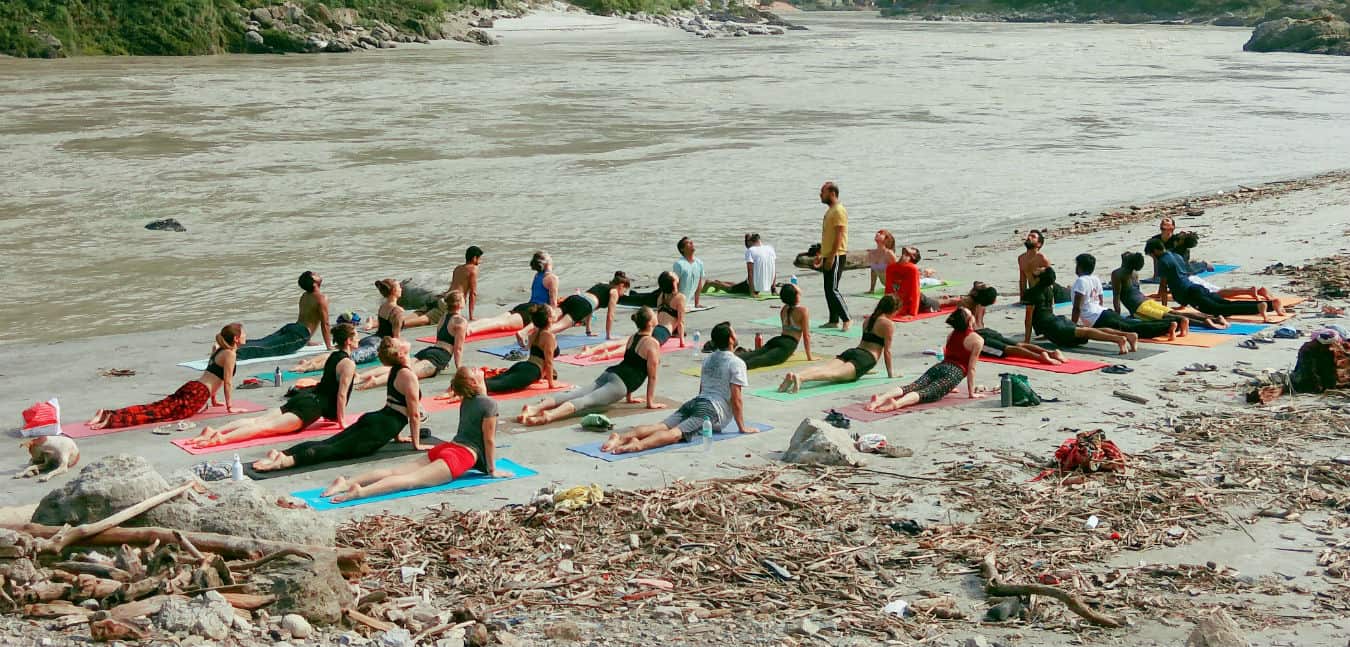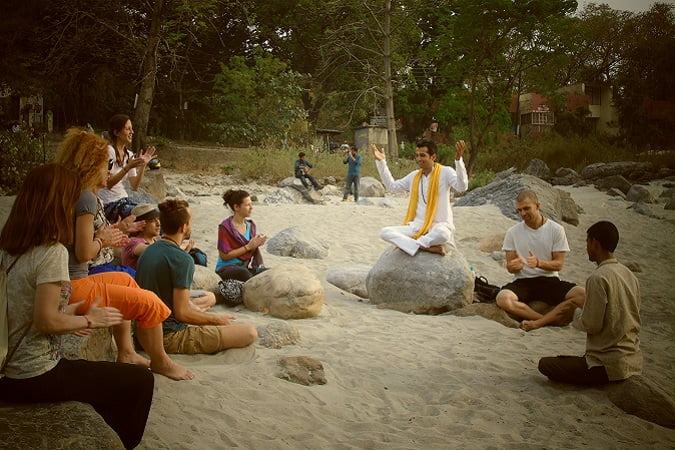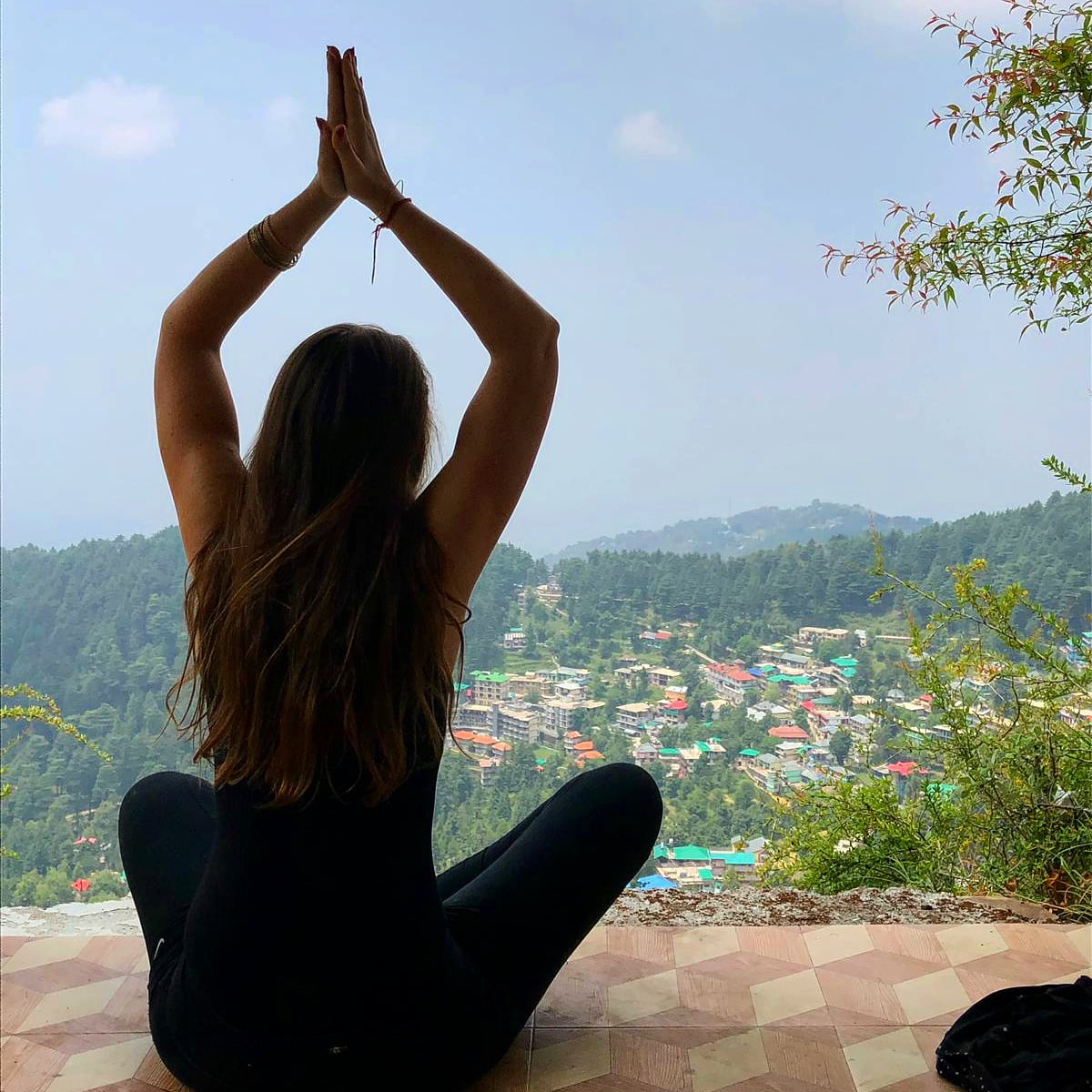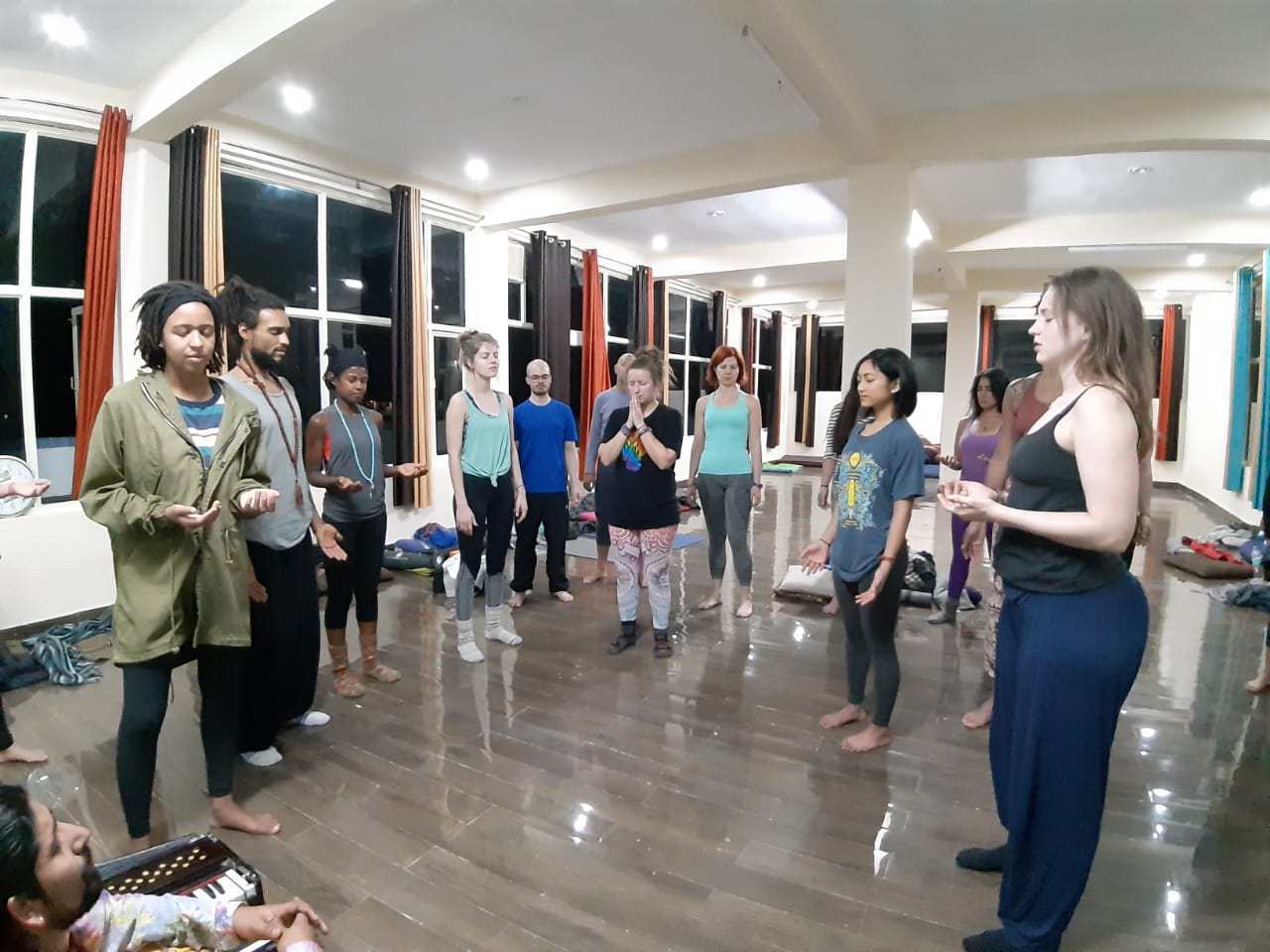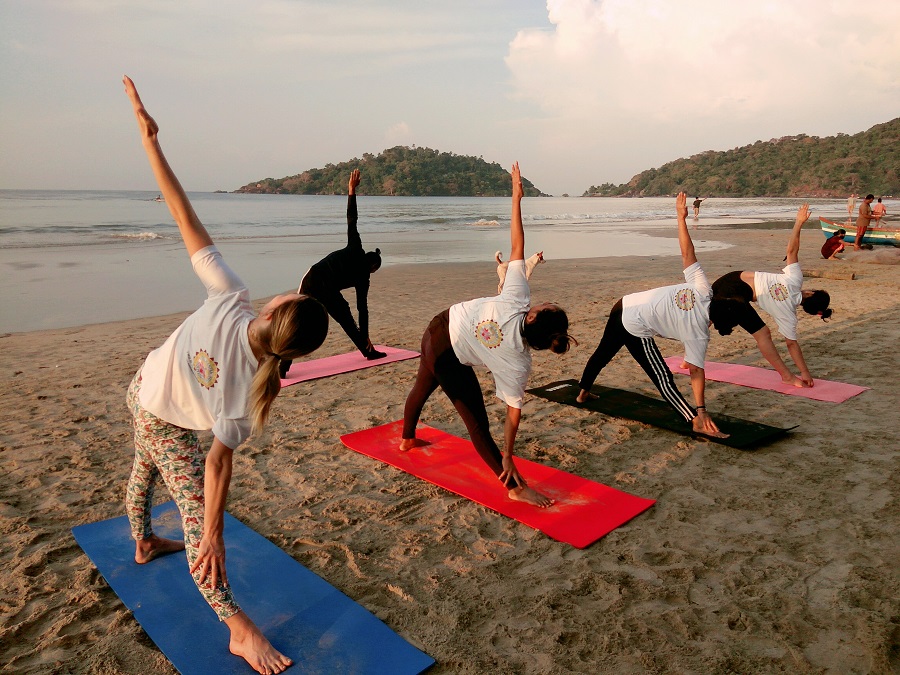A range of numerous breathing techniques in yoga helps you to stay healthy and lead a peaceful life. Right from reducing the stress level, to boosting the metabolism and immunity, and balancing the level of hormones in the body the pranayamas like Nadi Sodhan and Anulom Vilom is the most practiced […]
Read moreCategory: yoga teacher training in Rishikesh
What is the Difference between Satvic, Rajasic, and Tamasic Diet?
Diet has got a deep connection with the mind, body, and soul. To keep your body healthy and active and to maximize the effects of yoga, the yoga gurus recommend a nourishing diet which can help you to maintain the right physique. According to ancient yoga gurus, a balanced diet includes […]
Read moreUnderstanding the Basic Difference between Hatha and Ashtanga Yoga?
Yoga is an ancient art being practiced in various countries for many years. With more and more people discovering numerous benefits of yoga, they are learning multiple forms to enjoy a healthy lifestyle. Yoga helps you combine the physical strength of mind and body. Among all the forms, Hatha and Ashtanga […]
Read moreA Complete Guide to International Meditation Certification Training in India
From decades and decades, yoga and meditation have contributed a lot to human civilization. The holy saints of India have led a strong foundation for the people as well as for the coming generation. India, the spiritual capital of the world, has inspired millions around the globe to practice meditation and […]
Read moreRaise Your Spirituality Level with Meditation Teacher Training in Rishikesh
Rishikesh is the spiritual capital of India. With the presence of the Holy River Ganga, the place becomes more beautiful for tourists around the globe. Learning meditation in the spiritual capital is truly an amazing and life-changing experience for meditation lovers. The paradise on the planet invites several people from around […]
Read moreExperience Peace with Meditation Teacher Training in India
Since Vedic ages when yoga came into existence it has played a vital role. With the increasing popularity of yoga around the globe meditation also become an integral part of everyone’s life. The practice of yoga and meditation goes parallel with each other to help people enjoy a healthy and happy […]
Read moreThe Importance of Meditation School in India
Since the time yoga came into existence, meditation has become an integral part of ancient art. It is one of the popular practices which are helping a lot of people to bring inner peace and happiness. With the increasing number of people who are interested in practice meditation, there are schools […]
Read moreA Brief Guide on Meditation from India
In the holy land of India, meditation is an ancient practice which teaches you to think deeply and focus on one’s mind for a specified period. It is a part of ancient art yoga which is practiced around the globe by the people to attain peace of mind. In the present […]
Read moreWhat are the Best Reasons to do Yoga Teacher Training In Rishikesh?
The ancient science of yoga has illuminated the world since the Vedic era. The holy saints and yogic gurus have to lead a strong foundation for yoga in India. With passing time and changing lifestyles, the people around the globe have realized the role of yoga and meditation. Since ages, Rishikesh […]
Read moreHow to Deepen Your Yoga Practice
Ashtanga Yoga Practice
Manda explores what deepening our yoga practice (or Sadhana) entails, reflecting on her own journey and seeking insight from Patanjali’s Yoga Sutras.
Definitions
Deepen
- to become, or to cause something to become, stronger or more powerful
- to make something fuller or more complete
Sadhana
- conscious spiritual practice
The focus on the physical by Yoga Asana Practice
Yoga is an internal practice the rest is just a circus ~ Sri Pattabhi Jois
As I began thinking about what deepening our Sadhana meant I reflected on my own journey over the last thirteen years and what might be the critical distillations. I also sought some insight from Patanjali’s Yoga Sutras which will follow.
For many of us our entry point into yoga was Asana (yoga poses). Typically, progression takes on the momentum of ‘excelling’ in certain postures, milestones are reached when we can finally touch your toes or balance in Crow pose (see picture).
We might have associated deepening our Sadhana with advancing our yoga postures, i.e. getting stronger and more flexible. Of course there is nothing wrong with that, but in my opinion the practice of yoga is so rich and there are so many gems to be discovered beyond the physical postures.
Asking the right questions
The style of asana practice we first embarked on might not be the asana practice that continues to serve us over the years.
As we practice over months and years, we can go deeper by listening and responding to what the mind and body are communicating to us about the practice we are engaged in. How is our breath maintained throughout the practice? How are our energy levels sustained and regulated during our practice? Do we leave energized? Depleted? Where is our head at whilst we are practicing? Distracted? Absorbed? Do we look forward to arriving? Or are we more excited for it to be over? Is our practice a chore? Are we driven to practice out of obligation or fear? Or do we genuinely arrive on our mats grateful and excited to be there? Are we willing to question our practice, to take a step back and become curious about what experience we are having and whether the experience is beneficial to ourselves and to our relationships?
Are we willing to question our practice, to take a step back and become curious about what experience we are having and whether the experience is beneficial to ourselves and to our relationships?
Motivation and intention
Which brings us to a fundamental question… What is yoga to you?
What experience are you pursuing and how do your choices on and (maybe more importantly!) off the mat contribute toward your yoga?
Knowing your motivation and your intention keeps you on your path. It’s very easy to get distracted by the shoulds and musts, getting drawn into practices because everyone else is, flitting from one practice to another because the resistance you meet feels too uncomfortable – only to meet it again in a different guise.
It’s very easy to get drawn into practices because everyone else is, flitting from one practice to another because the resistance you meet feels too uncomfortable – only to meet it again in a different guise.
I remember acquiring book after book looking for THE answer to all my problems, somewhere between pages 20 to 50 the answer was given…. cultivating a meditation practice. Nope, that was not the answer I was looking for, so I put down one book and purchased another, THE one that would give me THE Right answer. No prizes for guessing how this played out…
Taking responsibility
The previous question brings yet another question…. How significant are the details of the practice?
What are the constituents or necessary ingredients for you to create your experience of yoga? How rigid or flexible are those elements? Again another open question.
Once upon a time, I would arrive at class as a consumer with the expectation that it was the teacher’s responsibility to make yoga to happen for me, to me, even. At times I left disappointed, I didn’t work in the way I wanted to yet I was unwilling to take responsibility for my own practice in this way. TKV Desikachar’s words echo in my mind, ‘Finally, I must become my own therapist’.
When I was studying to become a yoga teacher, part of my Sadhana project and final essay was to ‘abstain’ from going to a yoga class for a month and instead develop and deepen my self-practice at home. This is what I felt my yoga needed to evolve and grow. And this is responsibility – the ability to respond to our fluctuating internal experiences, our forever changing external circumstances and identify the necessary and sufficient conditions for us to experience yoga.
This is responsibility – the ability to respond to our fluctuating internal experiences, our forever changing external circumstances and identify the necessary and sufficient conditions for us to experience yoga.
Looking to Patanjali
Practice with consistency
Master Patanjali offers us two core principles to apply towards our yoga practice elucidated in Yoga Sutras 1.12-1.16. Patanjali does not tell us what to do, but how to engage with our practice. The first principle is Abhyasa: to practice with consistency, to constantly choose the appropriate practices and exertion of effort for us to access our yoga. Once more we are met by a teaching that does not prescribe the whats but insists upon the hows; it’s about approach rather than technique. A consistent and sincere enquiry, questioning, curiosity and unwavering commitment to your Sadhana.
Practice with non attachment
The second principle is Vairagya – non-attachment, a gradual letting go of our preferences, our likes and dislikes, the colourings that oxymoronically dull the mind. When the mind clings to something it becomes rigid and inflexible, we calcify and become narrow in our perspective. By taking an expansive and open-minded approach we experience more freedom and liberation and we are less disappointed by the outcomes of things not going our way.
When the mind clings to something it becomes rigid and inflexible, we calcify, we become narrow in our perspective. By taking an expansive and open position we experience more freedom and liberation.
We feel less entitled in other words: ‘what can you or the universe do for me and my preferences?’ Instead within the vastness and breadth of our non-attachment lies so much opportunity and possibility. So much room for growth and transformation. So much space for yoga to happen. What is more, a pace is implied in these teachings.
Patanjali does not suggest it’s a quick fix, microwavable enlightenment in biodegradable packaging. Critically, what is proposed is consistency over time and a gradual letting go and shedding of the layers of our preferences. In this way I feel the marriage and application of the two companion principles Abhyasa and Vairagya is complete and profound

